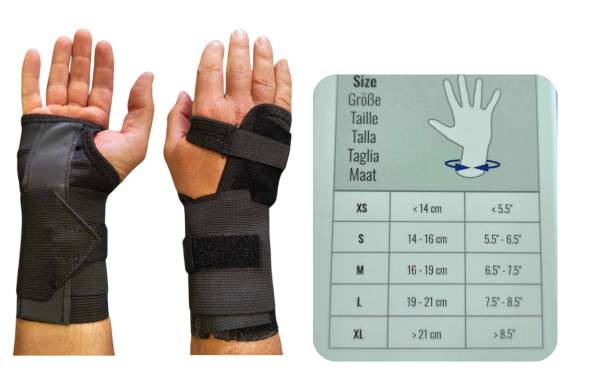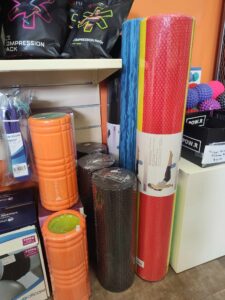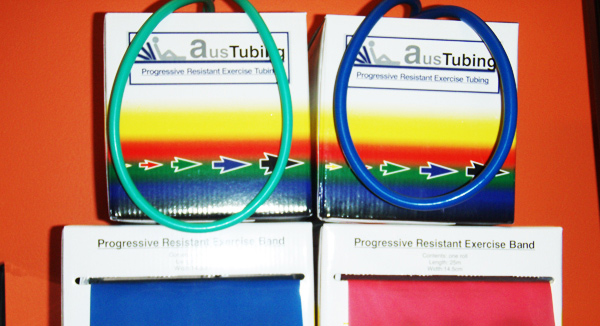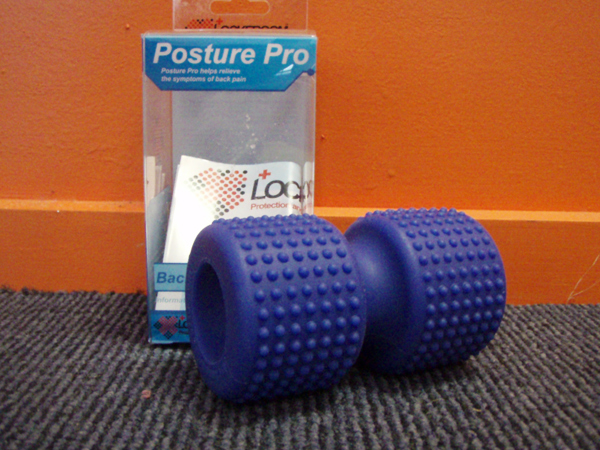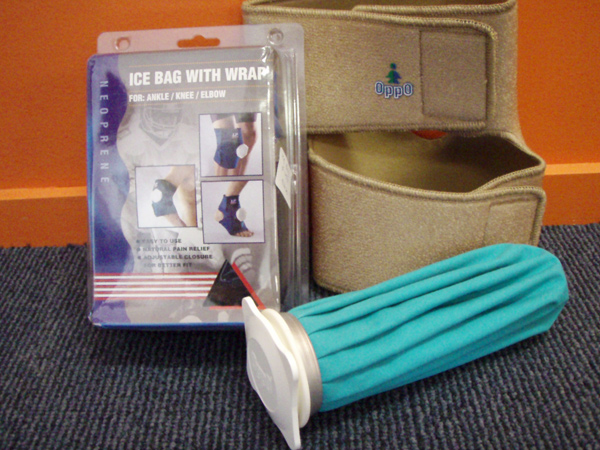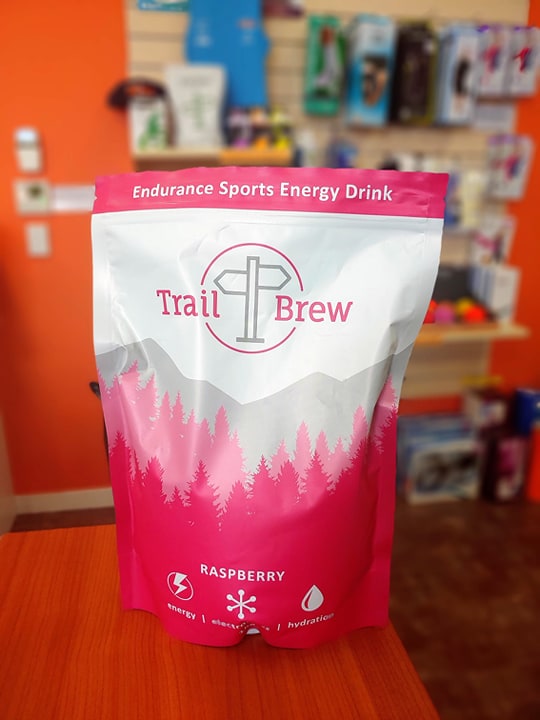How Can Remedial Massage Help Lower Back Pain
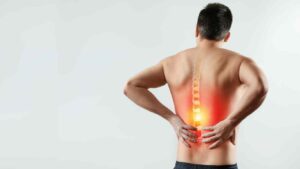 Lower back pain is a common condition with it estimated that around 70-90% of australians will suffer from lower back pain in some form at some point of their life. It can be related to number of conditions or diseases which include posture, work place or sporting injuries, osteoarthritis, osteoporosis and numerous genetic conditions.
Lower back pain is a common condition with it estimated that around 70-90% of australians will suffer from lower back pain in some form at some point of their life. It can be related to number of conditions or diseases which include posture, work place or sporting injuries, osteoarthritis, osteoporosis and numerous genetic conditions.
Lower Back Pain can be complex and multi-symptomatic and caused by a variety of problems: whether due to irritated nerves sending pain into the lower back, gluts or legs; Muscles around the spine (Erector Spinae, Quadratus Lumborum or deeper muscles closer to the spine) being strained or in spasm: Ligaments, bones, or joints damaged: degeneration of the intervertebral discs; or even just how your brain processes and perceives noxious stimuli within your body.
Any of these above anatomical structures can cause muscular spasms, which can be very painful and disabling for both chronic and acute cases of lower back pain.
Types of pain experienced may include;
– sharp acute pain
– chronic dull ache
– tingling or numbness which may be felt down the back of the legs.
 How can massage help lower back pain?
How can massage help lower back pain?
Regular Remedial Massage can help ease some of the muscular pain by using techniques such as deep and soft tissue massage, trigger point therapy and dry needling. Releasing the large muscles around the spine, gluts, hip flexors and hamstrings, can help improve muscle tone and release pressure on the nerves around the spine which send the pain signals to the brain. Remedial massage will also help improve posture and flexibility, which in turn can reduce pain in the lower back.
Does remedial massage hurt?
For muscles holding a lot tension, deep tissue massage and trigger point therapy can initially be somewhat painful. Most people describe the pain being felt as a “good pain”, as it slowly eases off when the muscles relax. And the results after the treatment are worth the discomfort during.
If the body is not used to deep tissue massage, it is expected to feel a bit like you’ve just done a heavy weight session in the muscles worked on, however they should start to feel a lot better within 1 to 2 days.
 The key to recovery for any injury is maintenance and keeping up with regular massage will help keep your muscles in check by improving blood supply and tensions within the muscles.
The key to recovery for any injury is maintenance and keeping up with regular massage will help keep your muscles in check by improving blood supply and tensions within the muscles.
It is recommended that if pain persists, seek a Physio consultation. You may also need referral to a medical professional for further follow-up and review.
Book Online for a Massage Appointment or phone the clinics 07 5500 6470 and let us help you today!

